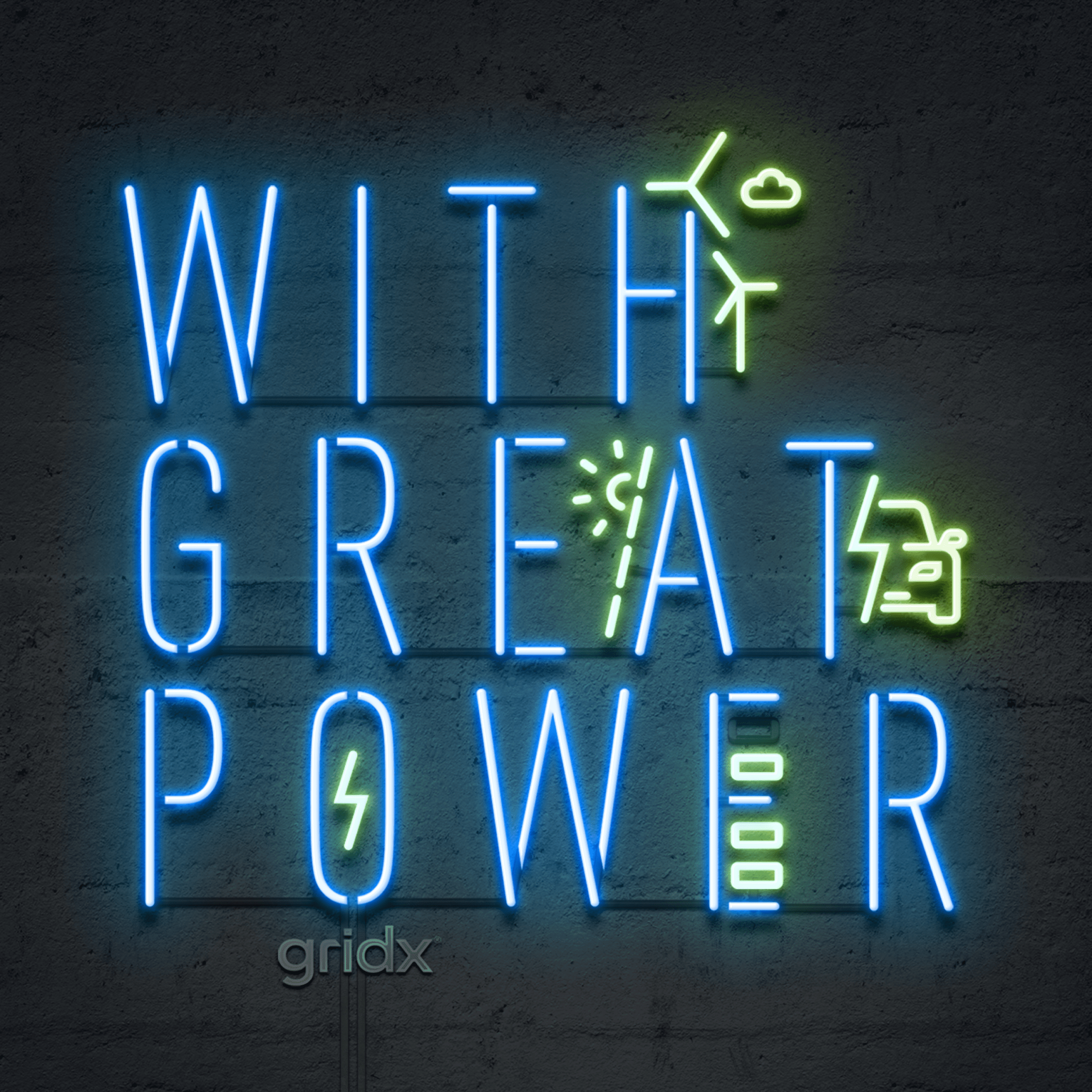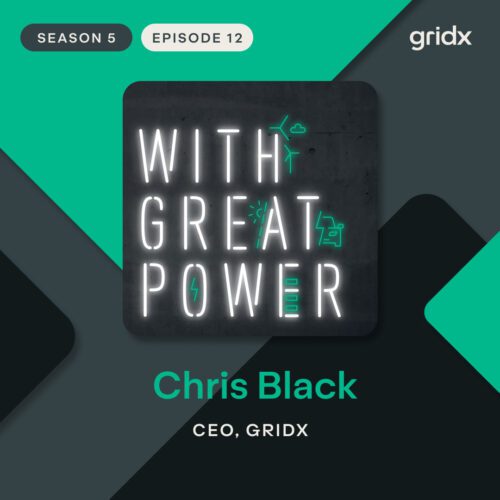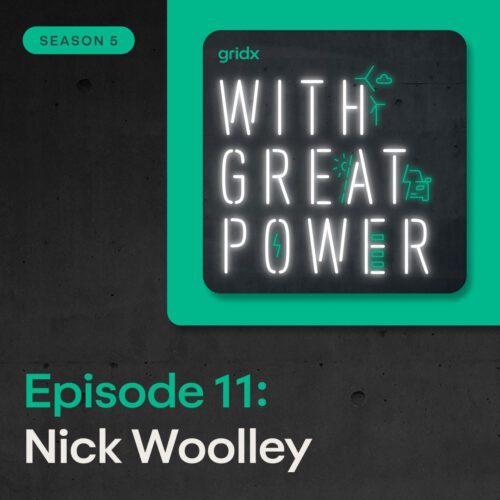
Why a rural co-op wants to build green hydrogen
Kit Carson Electric is looking to hydrogen on a Superfund site to balance renewables.

Podcast
Kit Carson Electric is looking to hydrogen on a Superfund site to balance renewables.
Luis Reyes is a lifer at Kit Carson Electric, a rural energy co-operative in northern New Mexico. He grew up in a home powered by the utility and has been its CEO for 30 years. Under his leadership – and the direction of co-op members – Kit Carson has moved all of its daytime energy needs to renewables.
Now, in a push to hit 100% round-the-clock renewable energy, he wants to develop a green hydrogen project for long-duration storage – at a Superfund site, of all places.
In this episode of With Great Power, Luis tells Brad how this Superfund site project originated, and how it fits into the bigger vision for transitioning a community of 30,000 members away from fossil-based energy.



